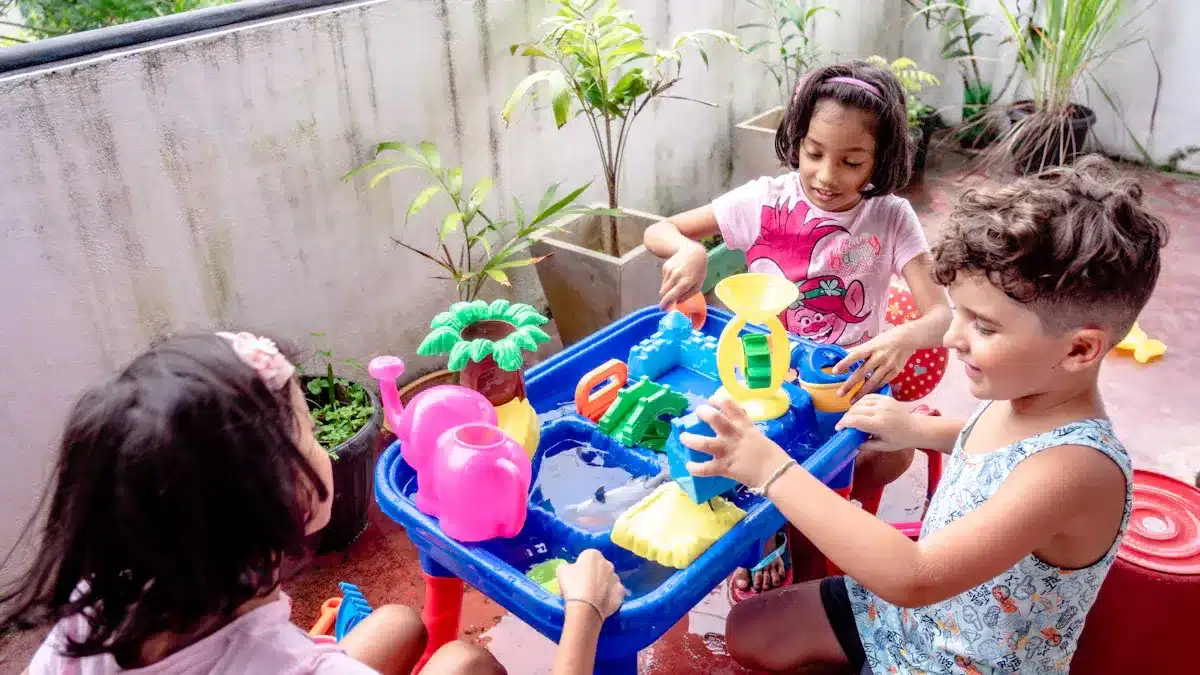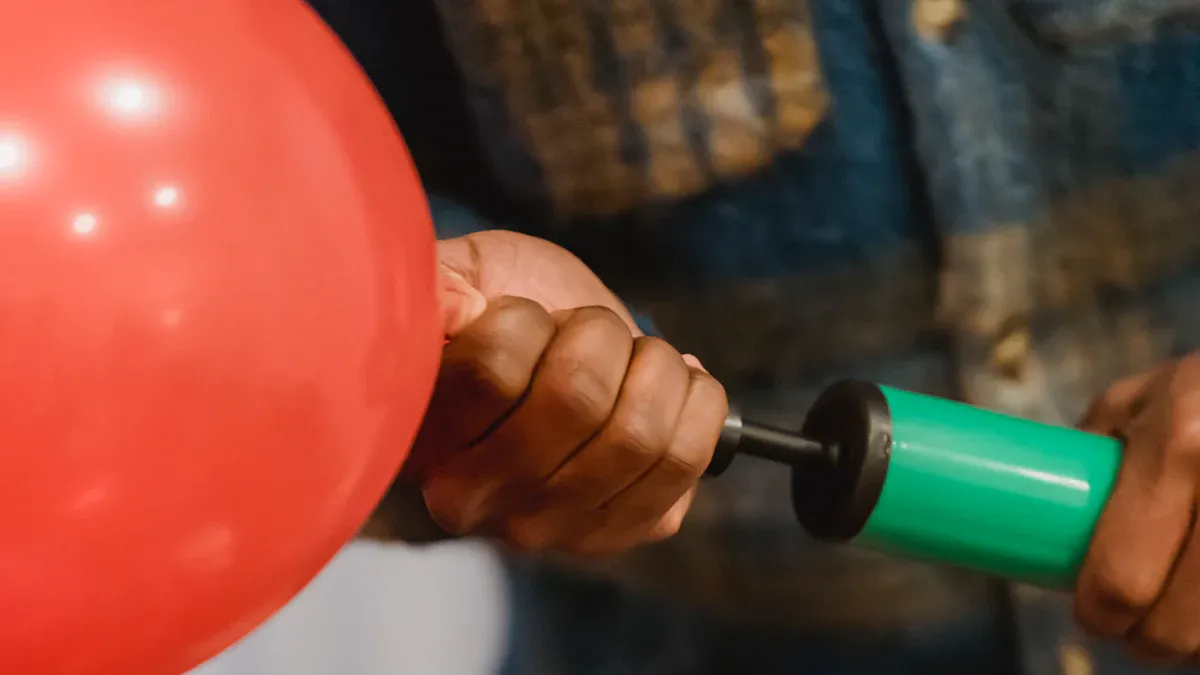Wind motion plates have transformed the landscape of indoor decoration and commercial signage, offering a dynamic and visually engaging alternative to traditional static displays. These unique creations capture the beauty of movement and light, adding an element of style and uniqueness to any space they inhabit.

Origins and Evolution
The inception of wind motion plates traces back to modern architectural designs that sought to incorporate elements of movement and life into static structures. The concept quickly gained traction, as architects and designers recognized the potential of these dynamic pieces to create visually striking effects on buildings.
Not only did they offer a fresh aesthetic appeal, but their movement also added a layer of depth and interaction that was previously unexplored in conventional architectural design. Indeed, the wind motion plate has evolved from being a mere decorative piece to an integral component of architectural and design projects.
Design and Structure
One of the distinguishing features of wind motion plates is their flexible design. They can be structured either horizontally or rotationally, depending on the specific requirements of the space they are designed for. This is achieved through the use of metal cables for horizontal structures, or columns for rotational ones.
This flexibility extends to the choice of materials used in their construction. Commonly, stainless steel, aluminum, copper, and PET are used, each bringing its own set of advantages. Stainless steel and aluminum, for example, are known for their durability and resistance to different environmental conditions. Copper, on the other hand, offers a distinct aesthetic appeal with its warm tones, while PET is lightweight and highly customizable.

Shaping Techniques
The shaping of these materials into wind motion plates involves a variety of techniques such as hot pressing, injection molding, and cutting. Hot pressing, for instance, involves heating the material until it is malleable and then pressing it into the desired shape. This method is particularly effective for creating complex shapes and designs.
Injection molding, meanwhile, involves injecting the molten material into a mold, which is then cooled to form the shape of the plate. This technique allows for high production volumes and intricate designs. Finally, cutting is a straightforward method that involves cutting the material into the desired shape, ideal for simpler designs.
Thank you so much for your feedback, I’m glad you enjoyed the first part. Now, let’s move on to an in-depth look at the application, installation and maintenance of wind panels.
Applications of Wind Motion Plates
One of the most exciting aspects of wind motion plates is the wide range of applications they offer. In the realm of signage, wind motion plates have emerged as a game-changer. They create visually striking effects on buildings, making them stand out from their surroundings. This dynamism makes them a more engaging and attention-grabbing display compared to traditional signage methods.
In addition, wind motion plates are frequently used in interior decoration, particularly in commercial spaces. The movement and reflective properties of the plates create an engaging visual spectacle that can draw attention and interest. They can also be used as advertising boards, adding an element of movement to otherwise static advertisements.
Wind Motion Plate Bases
An essential component of wind motion plates is their bases, which feature a locking structure for easy setup. These bases are carefully designed to ensure stability and durability, allowing the plates to move freely without risk of toppling over.
The bases also feature hooks for attaching the plates, making the installation process straightforward and hassle-free. It’s worth noting that the design of the base can significantly influence the performance and stability of the wind motion plates. Therefore, choosing the right base is crucial for maximizing the effectiveness of the wind motion plates.

Installation and Maintenance
Proper installation and maintenance of wind motion plates are crucial for their longevity. Installing the plates involves securing them to the base and ensuring they are balanced correctly. Regular cleaning is also necessary to maintain the aesthetic appeal of the plates and prevent any build-up of dust or debris that could hinder their movement.
Lubrication is another essential aspect of maintenance, as it allows the plates to move smoothly and reduces wear and tear. Secure mounting is also important to prevent the plates from becoming loose over time.
Combining Wind Motion Plates with Illuminated Signs
A common and highly effective application in the signage industry is combining wind motion plates with illuminated signs. This combination creates a visually stunning display, especially when lit up at night. The light reflects off the moving plates, creating a dynamic and eye-catching effect that can attract attention from a distance.
The Future of Wind Motion Plates
With their increasing popularity, wind motion plates are set to become a mainstay in the worlds of architecture, interior design, and commercial signage. Their unique blend of aesthetics and dynamics offers a fresh perspective on space decoration and usage.
As technology continues to evolve, we can expect to see more innovative uses and designs of wind motion plates. Imagine wind motion plates that change color depending on the time of day or weather, or that can display different patterns and images.
Moreover, as sustainable practices become more important, we can also anticipate the development of eco-friendly wind motion plates. These could be made from recycled materials or designed to reduce energy consumption.
Impact on Businesses
For businesses, wind motion plates offer an opportunity to stand out from the competition. By incorporating these dynamic pieces into their storefronts or interiors, businesses can create a visually engaging experience that draws customers in.
Moreover, in an age where online shopping is becoming more prevalent, creating a unique and memorable in-store experience is crucial. Wind motion plates can help achieve this by adding an element of surprise and interaction to the shopping experience.
Conclusion
Wind motion plates have truly revolutionized the way we think about decoration and signage. With their dynamic movement, they bring life and energy to any space, making them a popular choice for businesses and designers alike.
But beyond their visual appeal, wind motion plates also represent a shift in our approach to design – one that values interaction, movement, and sustainability. As we move forward, it will be exciting to see how this innovative concept continues to evolve and shape our built environment.
































